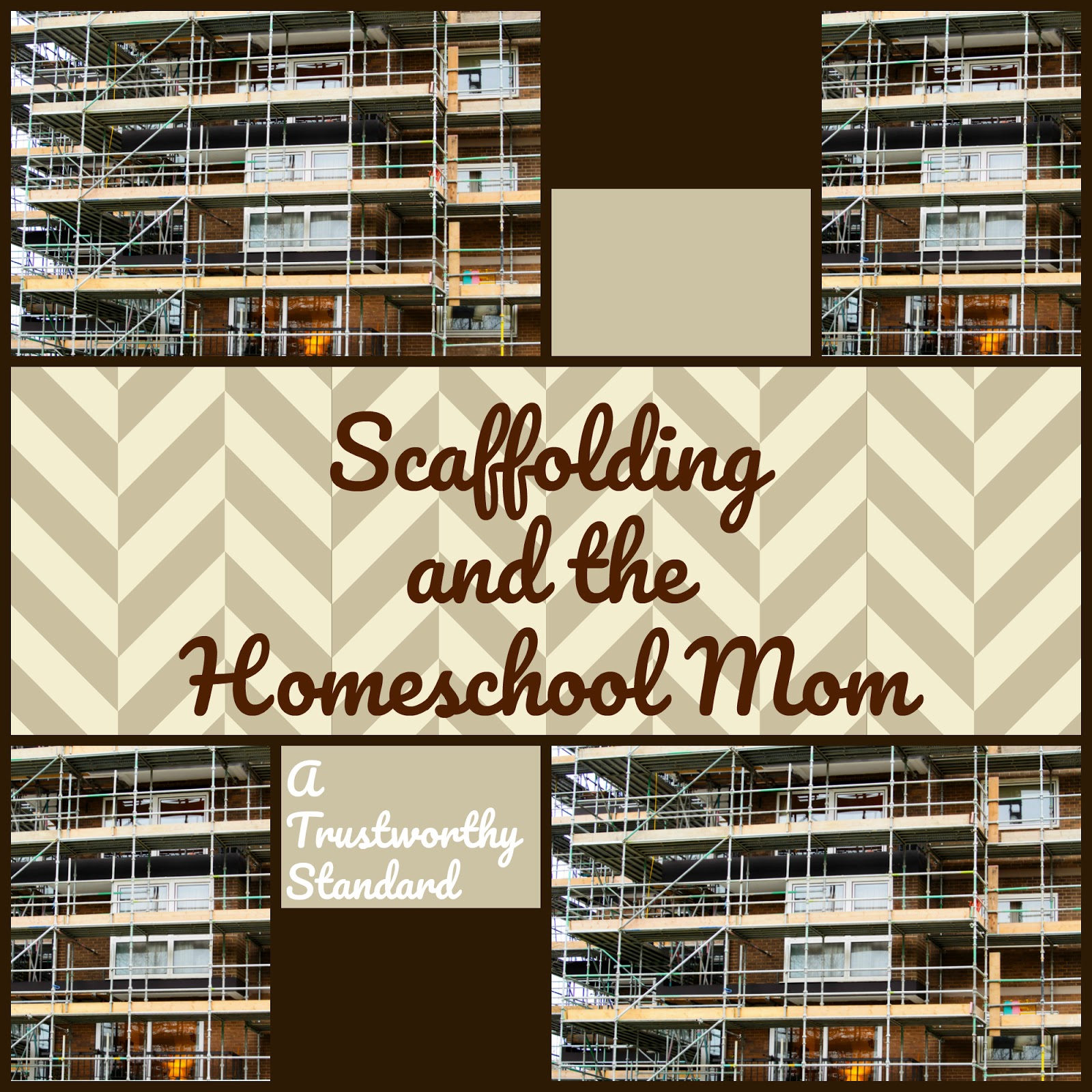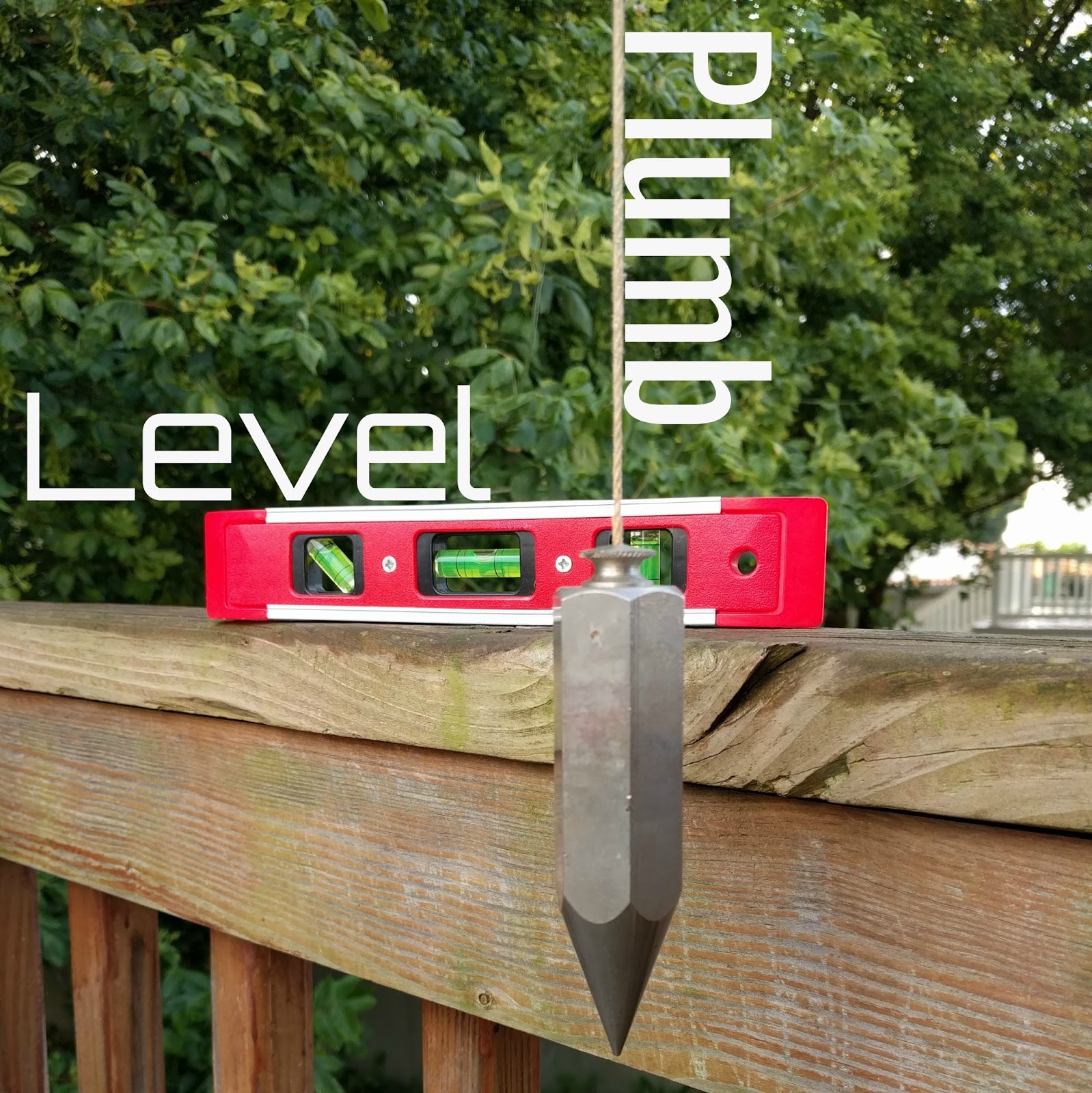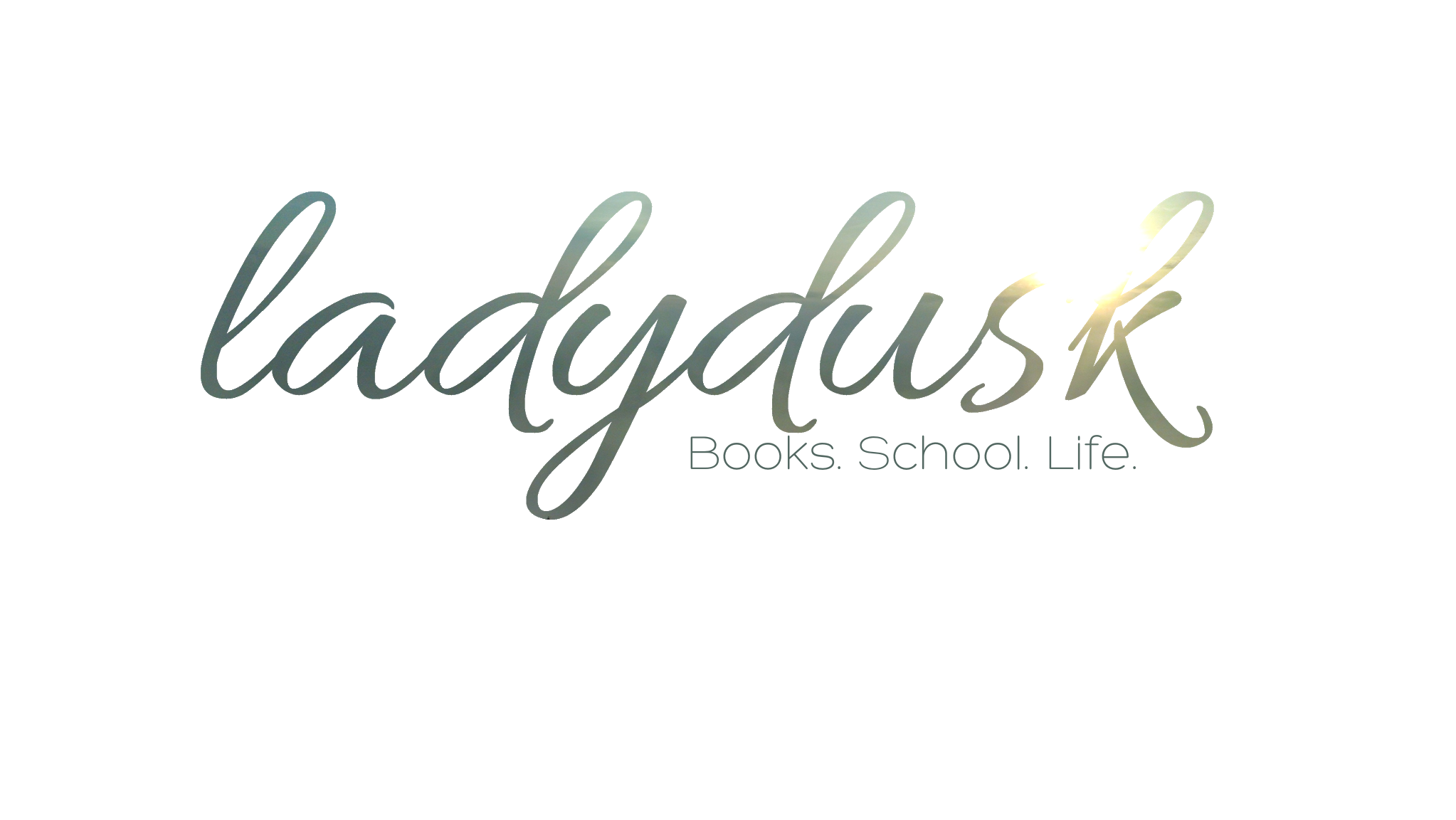Scaffolding is a Trustworthy Standard
This week, I want to think more about the structure of the scaffold. Wikipedia tells us that,

The key elements of the scaffolding are the standard, ledger and transoms. The standards, also called uprights, are the vertical tubes that transfer the entire mass of the structure to the ground where they rest on a square base plate to spread the load. The base plate has a shank in its centre to hold the tube and is sometimes pinned to a sole board. Ledgers are horizontal tubes which connect between the standards. Transoms rest upon the ledgers at right angles. Main transoms are placed next to the standards, they hold the standards in place and provide support for boards; intermediate transoms are those placed between the main transoms to provide extra support for boards.
While I don’t want to go so far as to analogize each and every part described above, I do think it’s important to note how much care is put into each part and think about it’s purpose and how we can analogize *that.*
Carrying on from the base plate and a foundation for learning, we have to make sure the up and down parts and the side to side parts (technical jargon, y’all) are plumb and level, respectively. We need to make certain that the scaffolding is square. Only then can our students trust it as they go about their work.
 What do I mean by plumb? Google defines it: 1. measure (the depth of a body of water). 2. test (an upright surface) to determine the vertical. Let’s think about the second.
What do I mean by plumb? Google defines it: 1. measure (the depth of a body of water). 2. test (an upright surface) to determine the vertical. Let’s think about the second.
When the up and down parts are plumb, they’re vertical. They slide into the lower support with easy, no pushing, no WD-40, no hammering, no jiggling to make it fit. They just fit down tightly and rightly. Our lessons should be like this. They should fit over the previous lesson without a lot of hassle for us or the child. They shouldn’t be so top heavy that they tip and take the structure from plumb, perfect vertical. They shouldn’t be so light that they drag us the other way.
These vertical uprights, standards, are so important because 1) they bear the load of the structure down to the foundation and 2) their alignment affects the alignment of the horizontal surfaces.
Remember how we laid that base plate on the foundation? Let me remind you what the Wiki said above, “transfer the entire mass of the structure to the ground where they rest on a square base plate to spread the load.” This is what our carefully built lessons do. They transfer the weight of each lesson to the base plate. Which in turn, transfers it to Christ. This is why it is so important that He is the sure foundation of the CM school. Without him, the whole structure of our scaffolding is on unstable sand.
But the second reason is that the work surfaces our children are using are attached to those upright, vertical, plumb standards. (Don’t you just love how English words work and have meaning … so cool) We have standards on a firm basis. Because we know they are not precarious or slightly off or soon to fall, the horizontal ledgers and transoms can be added on the square. When we’re careful, they’re level – not angled, not one higher than another – but perfectly square to the support and level for the worker.
If they aren’t level, the work your child will do could be slip-shod. They could start to have one end of the course of bricks higher than the other … and being off a little bit here will put a deeper angle in future courses. Not so beautiful.
(I have plans to come back and talk about scaffolding starting mid building, asynchronus development, and other objections to the metaphor in later posts. Lets start with the ideal, though.)
I’ve been reading Anthony Esolen’s book Out of the Ashes and he touches on this. He says
I have said that grammar is an architectonic thing, and I mean it in all seriousness. Consider other areas of learning that are like grammar or that have a deep grammar that informs them, that rules what you can do and what you cannot, that gives you the beams and joists of the building of knowledge.
By scaffolding, we’re giving our students a place to stand while putting in the beams and joists. He continues (italics his)
To be adept at grammar, to learn how to think in structures of meaning, to be able to map out a sentence, is to be on your way to making maps properly speaking, and to be on your way to mapping out many other things too. All human sciences are grammatical in structure.
and
At this point we might well wonder whether as great a thing as existence is not grammatical. Our ancestors thought so. That was the insight behind their great scale or ladder of being. God is the sole necessary being; all other beings are created and contingent.
Dr. Esolen tells us that there is a structure to knowledge and that knowledge adds upon knowledge as bricks lay upon bricks. Scaffolding for our students allows them to progress in a controlled, even pattern to make a beautiful mind.
But it isn’t just knowledge that we’re trying to build in our children (and ourselves) but right acting. Mystie Winckler’s post Math is the Best Character Building Program. Yes! Day in, day out building the virtue of doing the work whether hard or easy is what is needed. So we’re building virtue in building up the will.
Sara Masarik in the Potato Peel Pie Society Facebook Group recently commented, “I am also reading Charlotte Mason who says that Reason is not golden. Reason can be manipulated to suit any whim if we are creative enough. Will must be disciplined and rooted in principle. If that is done correctly, then our logic will support our principles rather that justify our emotions.”
When I asked her where she was reading in Volume 6 about Reason not being the standard, she gave me a whole host of quotes:
“…reasonable and right are not synonymous terms; that reason is their servant, not their ruler…” p. 142
“…well reasoned arguments are brought into play for a wrong course as for a right.” p. 142
“For ourselves and our children it is enough to know that reason will put a good face on any matter we propose; ad that we can prove ourselves to be in the right is no justification for there is absolutely no theory we may receive, no action we may contemplate, which our reason will not affirm.” p. 143
“What are we to do? Are we to waste time in discussing with children every idle and blasphemous proposition that comes their way? Surely not. But we may help them to principles which should enable them to discern these two characters for themselves.” p. 148
This is why we must make sure that our Standards are build firmly on the base. We want our children to stand firm in knowledge and will – in thought and act – in trust and faith. By building the scaffold to the standard, our children can trust it as they work. They trust not just because it’s safe but they can trust that it won’t lead their work astray. They can trust that the building will be sturdy, strong, and beautiful – not blown by every wind of doctrine (Ephesians 4:11-16) – ideas that don’t line up won’t affect the building.
If any of you lacks wisdom, let him ask God, who gives generously to all without reproach, and it will be given him. But let him ask in faith, with no doubting, for the one who doubts is like a wave of the sea that is driven and tossed by the wind.
So, how do we do this?
First. Foremost: Pray. Ask the Lord to help you build carefully. Ask Him to ameliorate any mistakes you may make. He is faithful and His mercies are new every morning.
Second: Think carefully. When you’re preparing for a lesson, whether that’s pre-reading or seeking out other lesson aids. Know your students and what they know. Help to make careful bridges from prior knowledge into the new lesson and future lessons.
Third: Give your students freedom to add the bricks they need to their building. What? I know. You’ve provided the Standard. The Students find them Trustworthy. But it’s their job to incorporate what is needed for their building. Forcing them to use the 1066 brick when they prefer the William the Conqueror brick is foolhardy. This is why you can’t be looking for specific things in a child’s narration. You present the feast of ideas, they are selecting how much of each bite to take. (Not that you shouldn’t require some bites of everything LOL)
So, build your scaffold plumb and level. Give your children a Standard and Transom. Let them build.
- Scaffolding and the Homeschool Mom
- Scaffolding Provides Safety in Transparent Fashion
- Scaffolding is a Trustworthy Standard ← You Are Here
- A Mother’s Scaffolding is Temporary … It’s for a Season
- Scaffolding is Atmosphere, Discipline, and Life
- Scaffolding is Atmosphere
- Scaffolding is Discipline
- Scaffolding is Life
- Scaffolding in a Lesson
- Scaffolding Under Conditions
- Scaffolding Q&A

I am very much enjoying this series, Dawn, and found this one particularly well articulated. Scaffolding is a concept discussed frequently in CM circles but it t had so much value in applying it within any educational paradigm. Hopefully this series will bring more attention to this and for that I heartily thank and applaud you.
Thanks so much for the encouragement, Dawn. I've been enjoying thinking through these things … writing it is like teaching, I learn so much 🙂
Wonderful series! I have been homeschooling a long while (walking with my oldest through her senior year right now!) and I feel sometimes like I am just beginning to get a sense of the what and the how of all this (though the WHY has nearly always been clear to me). I have failed in a thousand ways but I am hopeful that I can continue to learn and grow along with my children and that God's grace will cover it all. Your focus on scaffolding has put words to many ideas that have been floating around in my brain but hadn't quite become clear yet. I'm looking forward to the rest of what you have to say.